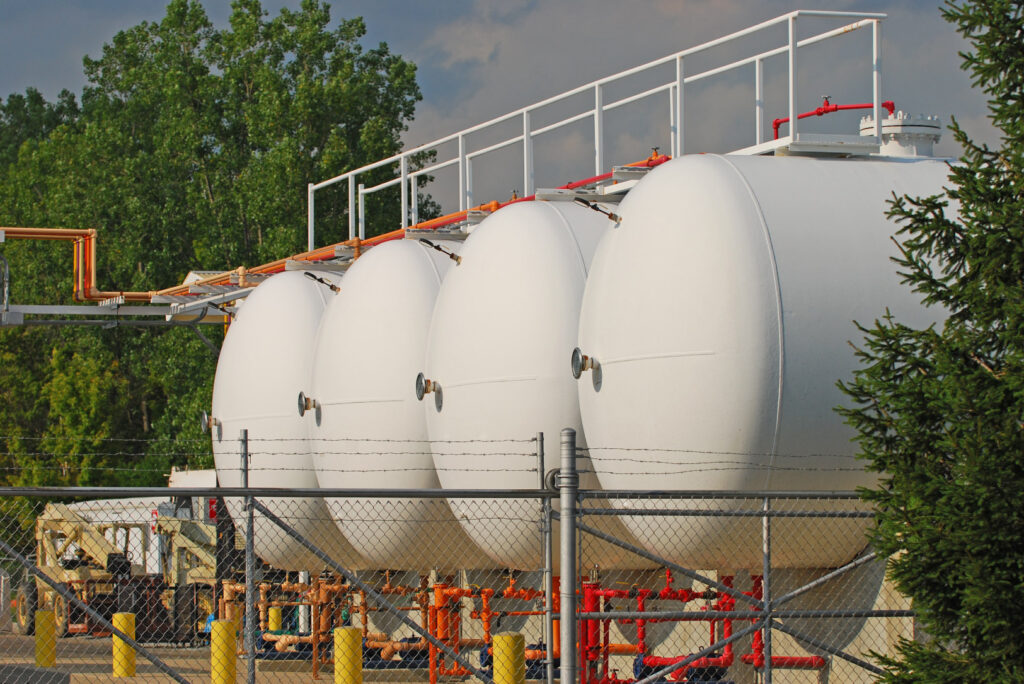Your Guide to Level Measurement with Pressure Sensors
When it comes to measuring liquid levels, pressure sensors are up for the task. Here at Automation Products Group, Inc. (APG), we offer several pressure sensors that can tackle liquid level measurement with ease.
Pressure transducers measure level by detecting the pressure exerted by the volume of liquid at the bottom of the tank or well. This is then converted to a level based on a few factors including: tank type and size, and the specific gravity of the liquid.
Other than pressurized tank environments, the only changing variable here is specific gravity, which is affected by large swings in temperature. This is easily fixed with temperature compensation internal to the pressure sensor.
With only one variable to deal with, measuring levels with pressure is accurate, stable, and effective in non-pressurized tank environments. Pressure sensors themselves are less expensive than the purpose-built alternatives. Using pressure sensors is easy and void of any mentionable complexity.
There are a host of process fittings for practically any mounting need, even 3A compliance. As a general rule, liquid level measurement with pressure sensors is a good way to go.
With some applications, pressure sensors are particularly appropriate for liquid level detection. Turbulence, foam, vapor layers, and physical obstructions are all common occurrences in the world of tanks and liquids, and can negatively affect other level sensors. Pressure sensors, however, are not affected by any of these, and are a great alternative in such applications.
For pressurized tanks, using pressure sensors is still a viable option. However, it’s a bit more complex and typically requires more than one sensor.
Have any questions about pressure sensors? Feel free to reach out to APG today!
WRITTEN BY

Sami T.
Sami Thompson is APG’s Marketing Technical Writer and has been with the company since 2022. With a master’s degree in English from Utah State University and a 40-page thesis publication under her belt, Sami has a demonstrated strong writing background. In her free time, Sami enjoys reading and birdwatching.


